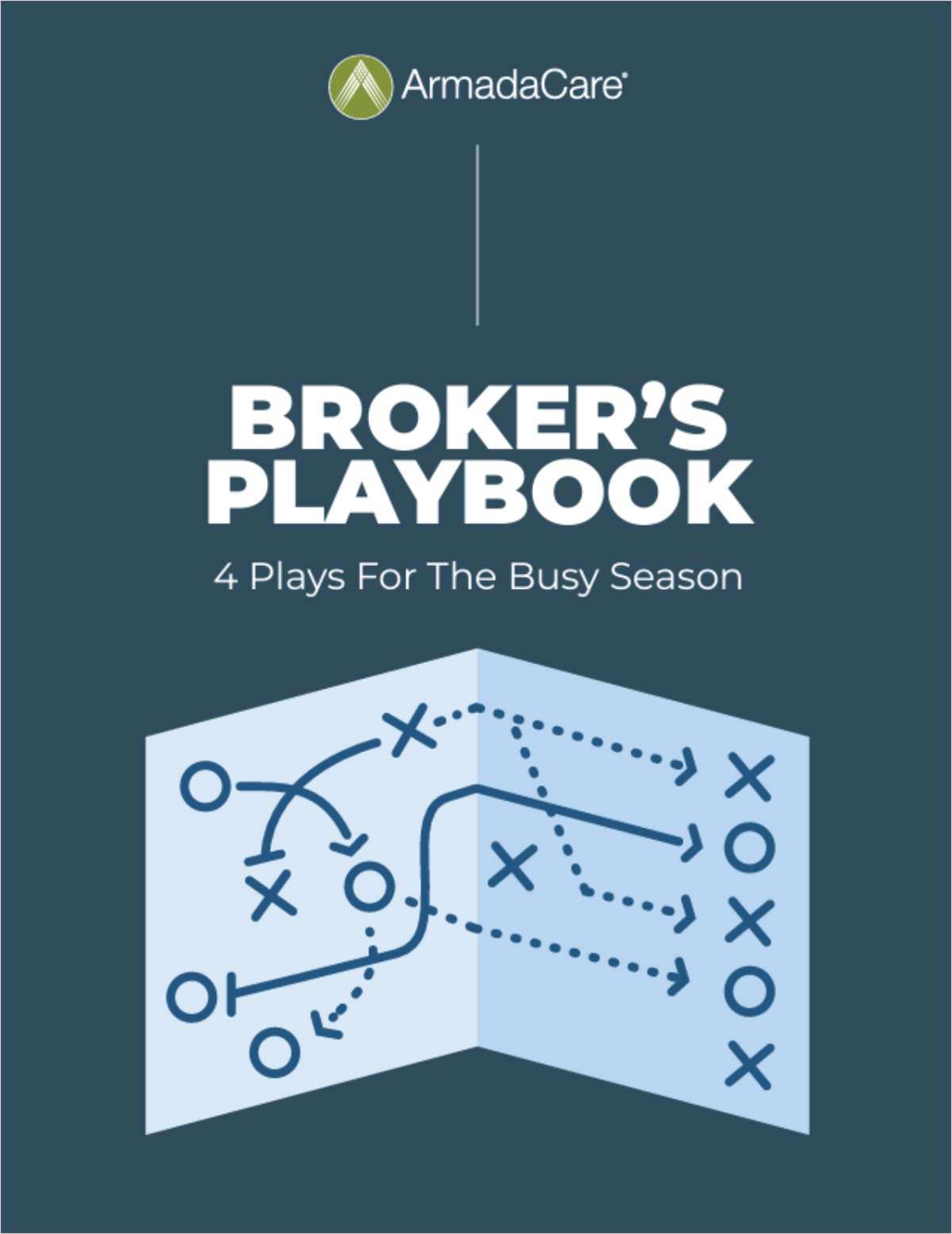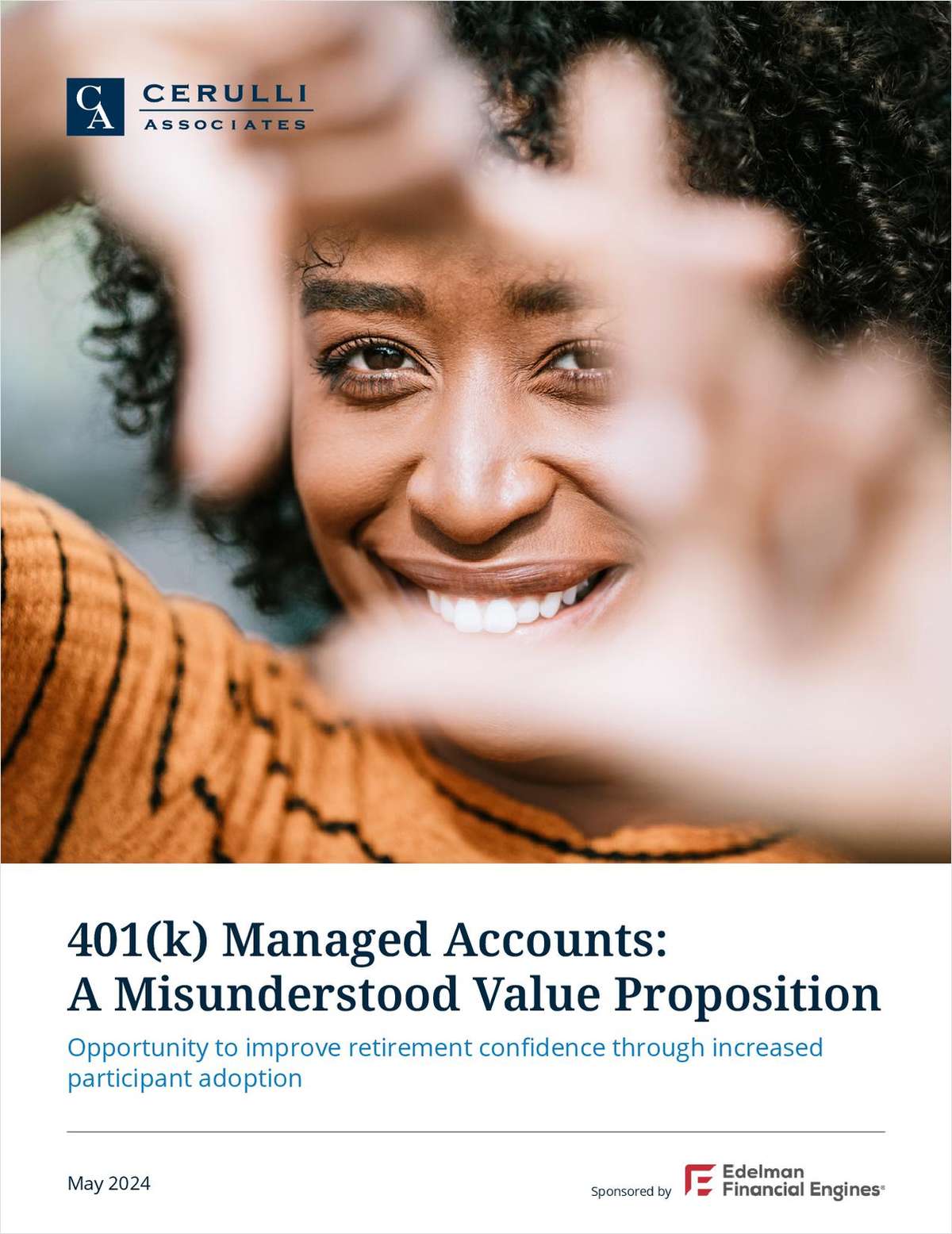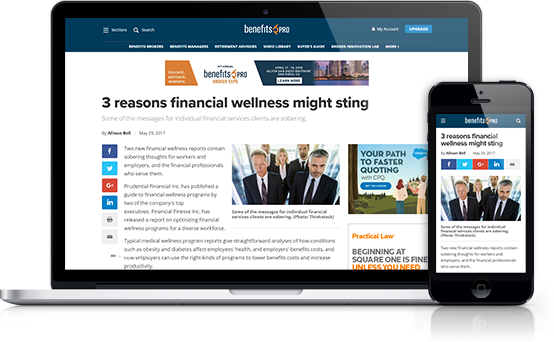On Wednesday of next week, the Department of Labor will release its finalized fiduciary rule, according to reporting in The Wall Street Journal.
The rule, more than five years in the making, is expected to have massive implications for advisors to 401(k) plans with fewer than 100 participants or $100 million in assets.
Going forward, those advisors will be expected to function as fiduciaries. Under existing law, broker-dealers not beholden to the fiduciary standard of care codified in the Employee Retirement Income Security Act advise tens of thousands of plan sponsors.
Continue Reading for Free
Register and gain access to:
- Breaking benefits news and analysis, on-site and via our newsletters and custom alerts
- Educational webcasts, white papers, and ebooks from industry thought leaders
- Critical converage of the property casualty insurance and financial advisory markets on our other ALM sites, PropertyCasualty360 and ThinkAdvisor
Already have an account? Sign In Now
© 2024 ALM Global, LLC, All Rights Reserved. Request academic re-use from www.copyright.com. All other uses, submit a request to [email protected]. For more information visit Asset & Logo Licensing.








